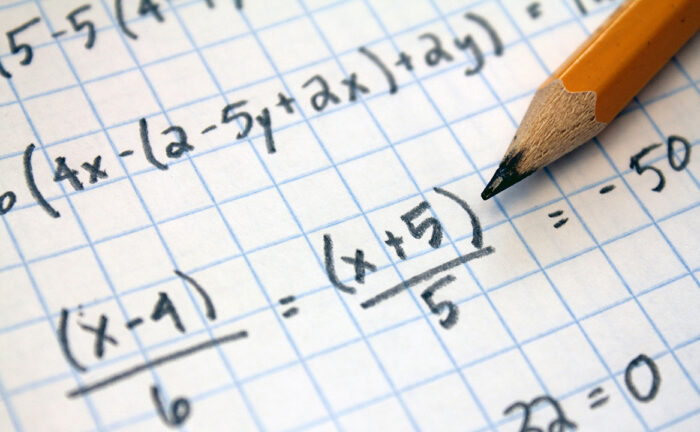
Making Sense of Girl Math
If you’ve spent much time on Tik Tok this fall, you’ve likely seen videos about Girl Math, a set of rather debatable financial principles. Here is an example.
Now it is easy to dismiss Girl Math as just bad financial thinking, but it isn’t that simple. Some of the insights behind Girl Math are valuable and true. Others are completely wrong.
Today, I will take a look at some Girl Math advice and try to make sense of it.
Important Note
The entire concept of Girl Math is unfortunate. It plays on the idea at that women aren’t good with money. This reinforces a negative view.
It is also incorrect. Studies show that women investors tend to do better than men. The problem is that many men are too confident in their financial abilities. As a result, they take risks, trade frequently and end up hurting their overall returns.
Reviewing Girl Math Principles
If I pay for something in cash, it’s free.
This seems completely wrong on the surface because it doesn’t matter how you pay for something. It still costs money.
But there is actually a helpful insight here about budgeting. One problem with a budget is that keeping track of things is a burden. Are you really supposed to write down that you spent 80 cents on a bag of pretzels? Or that you put a quarter in the parking meter? But once you start skipping items, the budget can slip away.
One way around this is to just record when you take out cash from the ATM. If you take out $100, you record $100 in your budget. You then don’t have to track every little cash transaction.
In this way, paying for something in cash is indeed sort of free; it doesn’t hit your budget. You are no worse off than you were.
So, +1 for Girl Math.
If I order something using the Starbucks app and I have money pre-loaded, it’s free.
Once again, this seems wrong, but it is actually helpful. If you record in your budget when you load the app, then using this money is indeed free. You don’t have to put it in the budget as a separate item.
This is a positive approach because it makes the Starbucks experience more enjoyable. If you have to track and record that you spent $8 on a Peppermint Mocha Latte, the entire event is less fun. There is work to be done – mental energy – and the reminder that you just dropped $8 on a cup of coffee, and that is not a sensible thing to do.
Another +1 for Girl Math.
If you return something and buy something at the same time, it’s free.
This works, too. The key is that the original purchase hit your budget. So, if you return it and get something else, there is no additional impact on the budget, assuming it is the same price.
Another +1 for Girl Math.
If I buy something at a store and return it, when I return it, I am making money.
This one doesn’t seem to make sense, but it does. If you buy something and record that purchase in your budget, when you return it for a refund you are indeed putting money back in your budget. So, in a way this making money, or at least putting money back.
+1
If you spend $50 and then you get $10 off your next purchase, you made money.
Not all the principles work. This one is a clunker. If you spend $50 and then get $10 off your next purchase, you spent the $50, and this hits your budget. You didn’t make $10. Worse, the $10 is off a future purchase, which means you will likely forget to redeem it, or you’ll spend even more when you try to.
-1 for Girl Math.
If I don’t spend any money today, I have double the budget tomorrow.
If you have a tight budget, a zero spend day indeed means there will be more money available later in the month. So, this is true.
This one is also motivating. Bringing in a zero, a day with no spending, allows for days with more spending in the future.
+1 for Girl Math.
Overall
Like many things, Girl Math is complicated. Some of the ideas make sense. Others are motivating. Some are wrong.
It all depends on your situation. If you do a certain type of budgeting, many of the principles can help you. But not all of them. Be careful what you believe.
This is why double entry accounting was invented……..